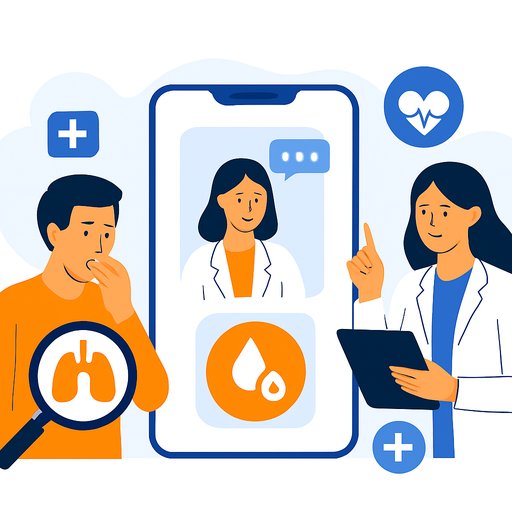Government launches AI Growth Lab to speed safe NHS adoption
Date: 30 October 2025
The government has announced a new AI Growth Lab to let innovators test healthcare tools in real clinical settings under controlled "sandbox" conditions. The goal is simple: shorten NHS waiting times and reduce pressure on staff without lowering safety standards.
Technology Secretary Liz Kendall set the tone: "This isn't about cutting corners. It's about fast-tracking responsible innovations that will improve lives and deliver real benefits."
What the AI Growth Lab does
The Lab creates time-bound testing environments where specific regulatory requirements can be adjusted or paused with safeguards in place. Companies and researchers can trial diagnostic support, triage, and admin automation tools with real workflows and oversight.
These sandboxes help teams prove value faster, surface risks early, and collect the evidence regulators need for broader adoption.
Why this matters for government and NHS leaders
- Backlogs: Prioritise pathways where delays hit hardest-imaging, pathology, dermatology, ophthalmology, and elective care scheduling.
- Workforce relief: Target jobs that consume clinical time-referral triage, discharge summaries, notes coding, appointment optimisation.
- Evidence generation: Use the sandbox to run controlled pilots that measure accuracy, safety, equity, time saved per case, and impact on patient flow.
- Procurement readiness: Align pilots with upcoming purchasing routes so successful tools can scale without rework.
Regulation and funding
A public consultation will test options for how the Lab should be run-either by government or via independent regulators. This is your chance to influence scope, guardrails, and accountability.
To support this, £1 million has been set aside for the MHRA to pilot AI-assisted medical tools and widen access to testing environments. For background on current MHRA work with software and AI as medical devices, see their programme overview here.
How the sandbox will work in practice
- Defined use case, timeframe, and safeguards: clear clinical oversight, incident reporting, and patient information.
- Pre-agreed datasets and data protection measures: DPIAs, access controls, and audit logs.
- Evaluation plan set up front: accuracy thresholds, fairness checks across demographics, workflow impact, and cost to serve.
- Exit criteria: pathway to scale if targets are met-or rollback if they are not.
Immediate actions for departments, ICBs, and trusts
- Nominate a sandbox lead and a clinical safety officer to work with innovators and regulators.
- Select two high-impact pilots: one clinical (e.g., imaging triage), one operational (e.g., scheduling or letters automation).
- Prepare data governance: DPIA templates, anonymisation standards, and patient/public involvement plans.
- Define success metrics: average wait reduction, hours saved per clinician per week, error rates vs. standard practice, and equity outcomes.
- Line up procurement routes (e.g., approved frameworks) so successful pilots can move straight to rollout.
- Plan training for end users and supervisors so tools are used safely and consistently.
Risk controls to keep front and centre
- Clinical safety: named accountable clinicians, clear escalation protocols, and real-time fail-safes.
- Bias and fairness: test across age, sex, ethnicity, and deprivation; publish methods and results.
- Data protection: minimise identifiable data; log all access; independent audit where appropriate.
- Explainability and documentation: decision support must be interpretable and well-documented for users and auditors.
- Human oversight: ensure clinicians can overrule system outputs and that overrides are tracked.
Governance choices in the consultation
Key questions to weigh in on: who sets acceptance thresholds, who owns post-market monitoring, how sandboxes interact with procurement rules, and how patient groups are involved. Clear answers will speed safe adoption and reduce duplication across sites.
What to watch next
- Consultation timeline and first cohort announcement dates.
- Initial priority specialties selected for trials.
- Data access models and templates released for trusts and innovators.
- Funding guidance and support for scaling proven tools.
Useful resources
- MHRA guidance on software and AI as medical devices: official collection
- Sector reporting on NHS AI adoption: Digital Health
Skills and training
If your team needs to build confidence in AI procurement, safety, and evaluation, explore role-based options here: Complete AI Training - Courses by Job.
The AI Growth Lab is a practical step: faster trials, tighter safeguards, and clearer routes to scale. With the right pilots and governance, it can move useful tools to clinicians and patients sooner-and make a real dent in waiting lists and workload.
Your membership also unlocks:






